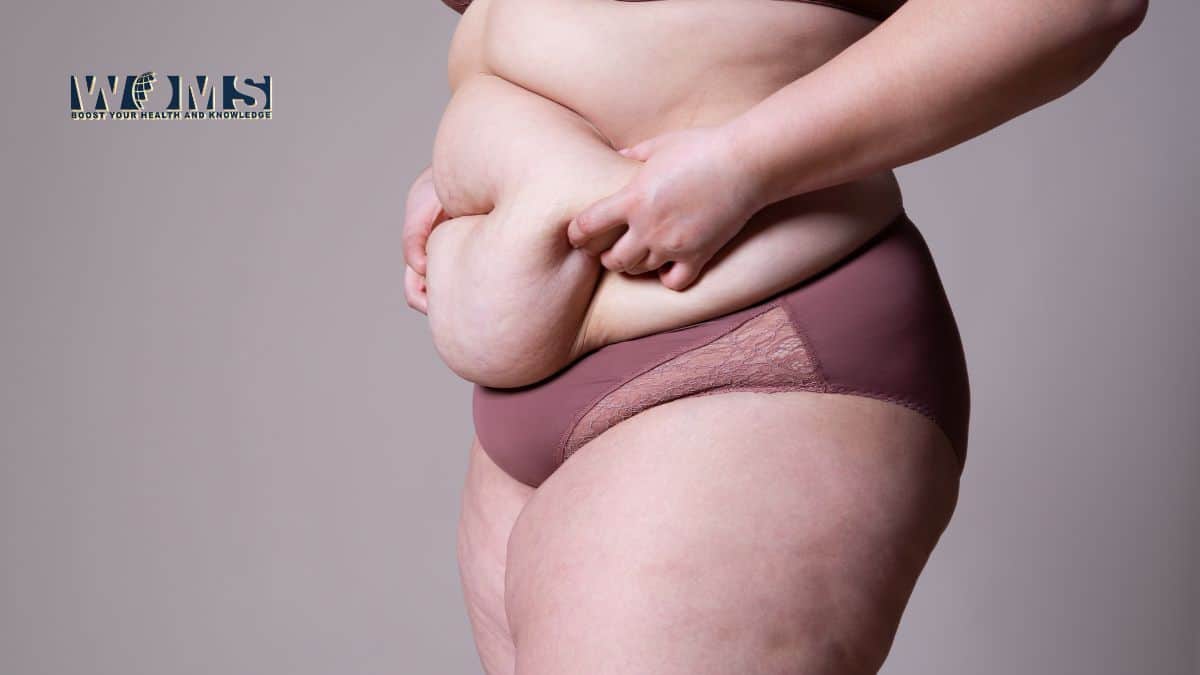Is There A Difference Between Tummy Tuck and Abdominoplasty?

Nothing about the stomach is more annoying than when anything goes wrong there. Excess skin and fat make their way to the center when we go through regular bodily changes, including pregnancy, weight gain/loss, and the natural aging process. Many individuals learn the hard way that it is not always possible to return to their youthful waistline by diet and exercise alone. So what to do? Tummy Tuck to the rescue. The tummy tuck, often known as abdominoplasty, is a common name for the surgical operation it describes. The former may have been created in part because it is simpler to pronounce and remember than the former alternative word, abdominoplasty.
Who is it for?
Abdominoplasty, sometimes known as a tummy tuck, eliminates excess skin and fat from the abdominal area but does not cause or facilitate weight reduction. The goal of the operation is to strengthen any weakening muscles with this method. Any loose or split muscle is also pulled back together. Dr. Robert Peterson’s tummy tuck surgery might help you achieve a flatter, smoother stomach. The person’s waist will seem smaller and more in proportion to the rest of them, giving the impression that they are thinner. All candidates for this operation must be in excellent health. However, the majority of potential candidates actually choose to (or want to) have this procedure because they have excessive fat and skin in their midsections. To make things easier for the surgeons, other patients will also be instructed to reduce their weight beforehand.
Types of Abdominoplasties
Today, surgeons may choose from a wide variety of abdominoplasty techniques. It would be necessary for the surgeon to create an incision across the patient’s hipbone to do the whole operation. The incision is done transversely, low in the pubic region. He then sutures the abdominal area back together after removing the excess fat and tissues. Moreover, the navel must be repositioned during most full tummy tuck procedures.
The second kind, called a “partial abdominoplasty” is designed for those whose excess fat is concentrated lower than the belly button. Due to the use of an endoscope, minimal incisions are required in this treatment. There is no need to replace or modify the navel. By comparison, a traditional belly tuck takes quite a while to do, but this method may be performed in a fraction of that time.
Does it really help?
Although a tummy tuck is a common procedure, getting one is no walk in the park. General anesthesia, five or more hours in the operating room, and a few weeks of recuperation are all prerequisites for this big treatment. There are always few complications in cosmetic surgery for diabetic people. The likelihood of their becoming sick from an infection, for instance, is increased. In addition, their condition might greatly lengthen the time it takes to become well. In addition, surgeons have a more difficult time maintaining a stable glucose level in a diabetic patient after surgery. Tummy tucks are a great way to have a flatter, firmer stomach. Extra skin and fat are eliminated, which is one of the key advantages. If you’ve injured your abdominal walls due to pregnancy or obesity, this procedure will help you get back in shape. You’ll see a substantial improvement quickly after your stomach tuck, and the benefits will last for a very long time.
Things to Consider
Abdominoplasty or tummy tuck is not a small surgery. A person must keep in mind that the first several weeks usually include a lot of soreness, edema, stiffness, and redness. In about a month or so, everything will all be sorted up. On the other hand, edema may persist for up to six months after treatment. A loss of feeling or numbness along the incision line is common after surgery but will go away with time. After a few months, you should feel back to normal, but it may take a full year for the stomach to finish healing and the full effects of surgery to be evident.
The Procedure
To restore the abdominal wall muscles and tighten the skin, the surgeon creates a horizontal incision between the pubic bone and the belly button. Excess skin is then removed from the upper abdomen region after the skin has been pushed down over the muscles. The surgeon cuts out a new navel hole and sutures the two halves of the skin together. Mini tummy tuck procedures often consist of liposuction and skin removal. Patients with toned muscles and little extra fat are ideal candidates. Both methods of abdominal rejuvenation may be done in a day surgery setting. In order to reduce postoperative swelling and provide abdominal support during recovery, a compression bandage is often worn by patients after abdominal surgery. Drainage tubes may be temporarily implanted under the skin if necessary. After about a week, the patient will notice that their stomach is flatter and firmer, improving their overall appearance. Scars usually disappear within a few months.
The Outcome
The incision for a tummy tuck will leave a scar along the abdomen, despite the fact that it is one of the most popular and productive cosmetic surgery operations available today. This will be situated just above the pubic bone and run horizontally along the incision line from hip to hip. The scar will lighten somewhat with time, but it will be noticeable for quite some time. A skilled plastic surgeon will make sure the incision is inconspicuous beneath everyday garments and bathing suits by strategically placing the scar.
After surgery, the patient’s body naturally reacts by increasing pain levels in the region that was cut into. Patients often have a temporary inability to stand upright for many days following a belly tuck. Aspirin or another pain reliever will be recommended, and bandages will need to be put to the cut. Most often, a drainage tube is put temporarily under the skin to remove any excess fluids or blood. Tummy tucks are surgical procedures; therefore, there is always a chance of complications, including bleeding and infection. However, with today’s advances in surgical techniques and medical care, these dangers are far lower than they formerly were.
Summary
Both a tummy tuck and abdominoplasty refer to the same cosmetic procedure in which extra skin, fat deposits, and muscle tissue are removed from the abdominal region. Abdominoplasty is the official term for what most people call a “tummy tuck” because it is more commonly used. People are flocking to this procedure in droves because it allows them to finally realize their ideal figure. Submitting oneself to general anesthesia and having skin and fat removed from one’s abdomen is involved. Repairs for hernias and other abdominal problems may also be made through a tummy tuck.




